Preventing and Removing Stains from High-End Linens
Chosen theme: Preventing and Removing Stains from High-End Linens. From a splash of Cabernet to a stubborn makeup smudge, learn graceful, proven strategies that protect fine fibers without drama, and join our community for tips, swaps, and success stories.
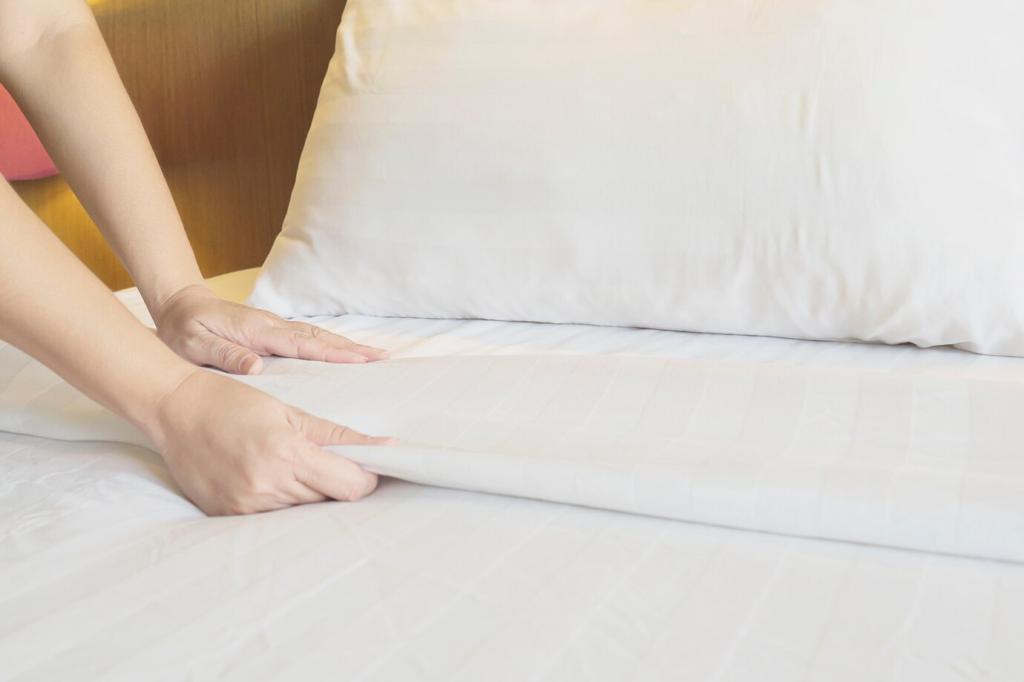
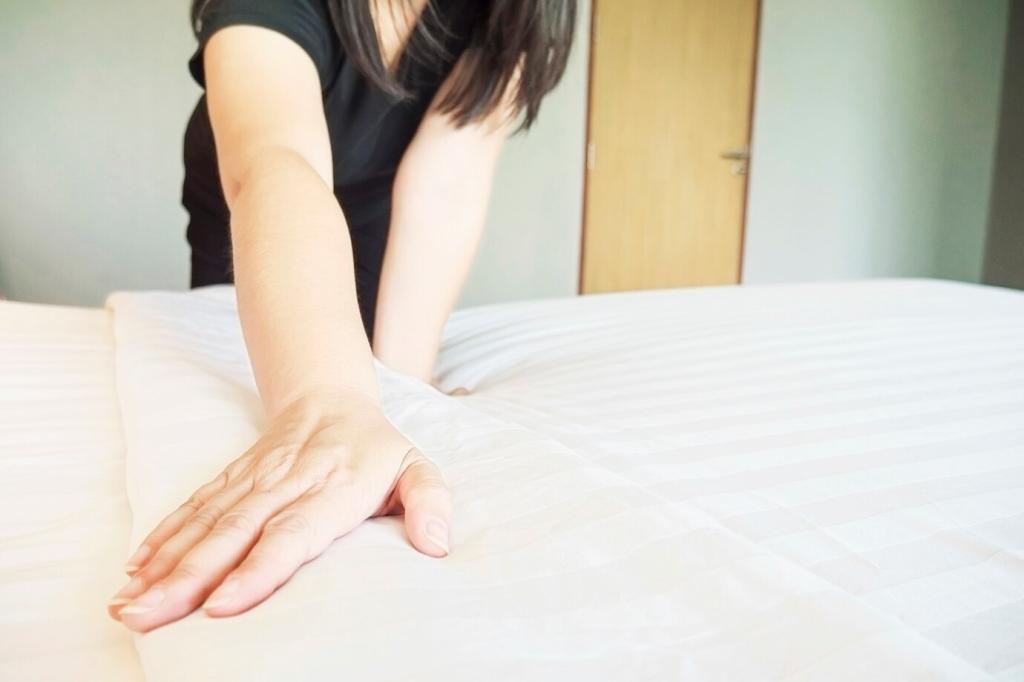
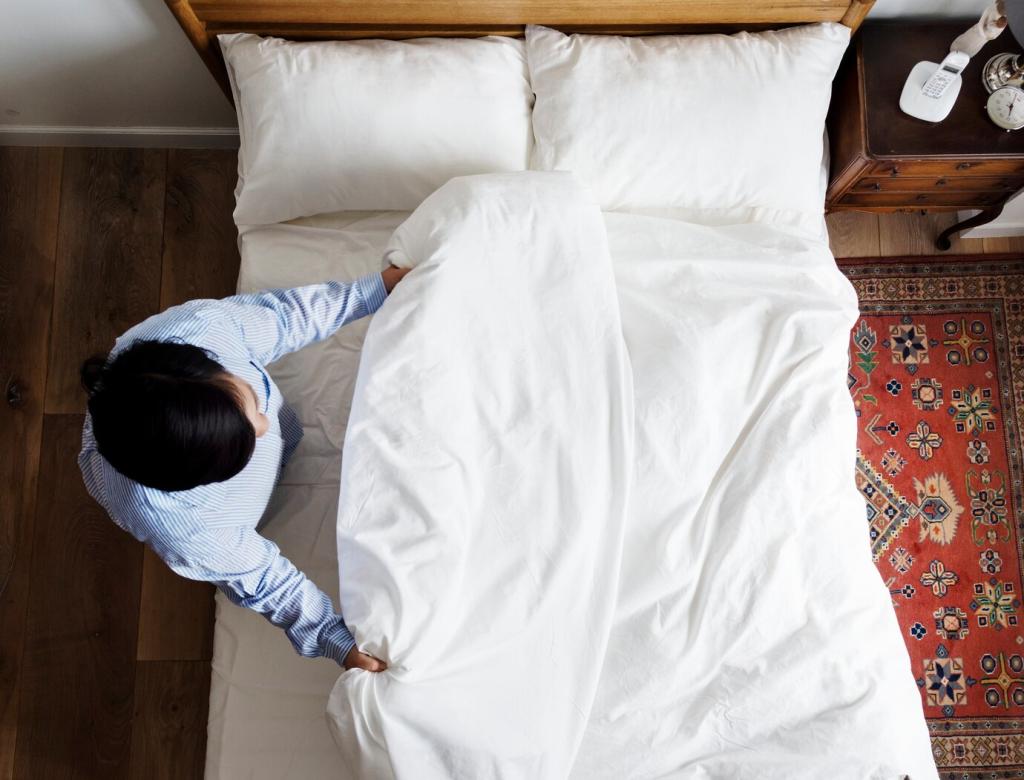
First Aid at the Table or Bedside
Blot, Don’t Rub
Use a clean white cloth to blot from the outside inward, pulling color up by capillary action. Add a splash of seltzer to mobilize tannins. Slide a rolled towel beneath to keep moisture from spreading across layers discreetly.
Identify Before You Treat
Classify fast: wine and coffee are tannins, lipstick and oils need a surfactant, blood and dairy are proteins needing cold enzyme care. Misclassifying leads to set-in stains. Tell us your best ID hacks for dim restaurant lighting.
A Mini Kit That Saves the Night
Carry a tiny vial of hydrogen peroxide for whites, an enzyme pen, a fragrance-free dish soap dot, and soft cloths. They weigh nothing and rescue napkins and pillowcases. What’s inside your entertainment-night emergency kit?
Targeted Tactics: Match the Method to the Mess
Rinse cold first, then soak with oxygen bleach appropriate for cotton or linen. Skip soap initially, which can lock in tannins. A sommelier once wrote us: club soda then oxygen soak saved her embroidered linen after a Pinot mishap remarkably.

Oxygen Bleach Over Chlorine
Oxygen bleach (sodium percarbonate) brightens and de-stains without the fiber damage and yellowing risk of chlorine. Pre-dissolve fully before soaking. Avoid on silk or wool blends. Have you compared soak times? Share your best timing benchmarks.
Enzyme Wisdom
Protease targets proteins, amylase tackles starches, and lipase addresses oils. Choose detergents listing enzymes plainly and skip fabric softeners that leave residues. Always test a hidden hem first and log what works for future reference carefully.
Temperature, Rinse, and Water Hardness
Cool for proteins, warm for oils if the fabric allows. Rinse thoroughly to neutralize pH and remove surfactants. Hard water benefits from a builder or softener to prevent graying. If you have tips for mineral-heavy water, comment below.
Special Cases: From Candle Wax to Color Runs
Candle Wax on Linen
Freeze to harden, then gently flake away. Sandwich the area between absorbent paper and press on low heat to lift residues. Finish with a mild detergent rinse. Do not yank, as that can distort the weave quickly and noticeably right away.
Aging, Yellowing, and Storage Shadows
Oxidation causes yellow halos on folded edges. An extended oxygen soak, followed by thorough rinsing and drying in diffused sunlight, often revives heirlooms. A reader revived her monogrammed sheet set this way, then stored flat with acid-free tissue prudently.
Dye Transfer and Color Migration
Act promptly. Use a color-run remover labeled safe for cotton and linen, testing a seam first. Add color-catcher sheets to the wash next time. Tell us if you’ve rescued a tablecloth after a berry napkin bled during a lively brunch gathering.
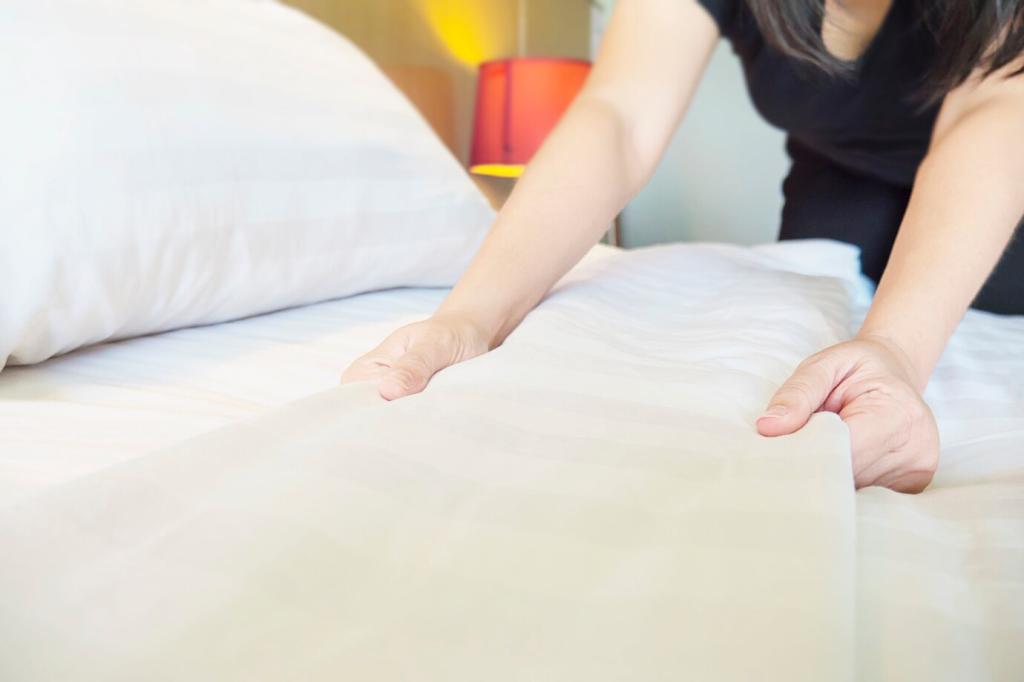
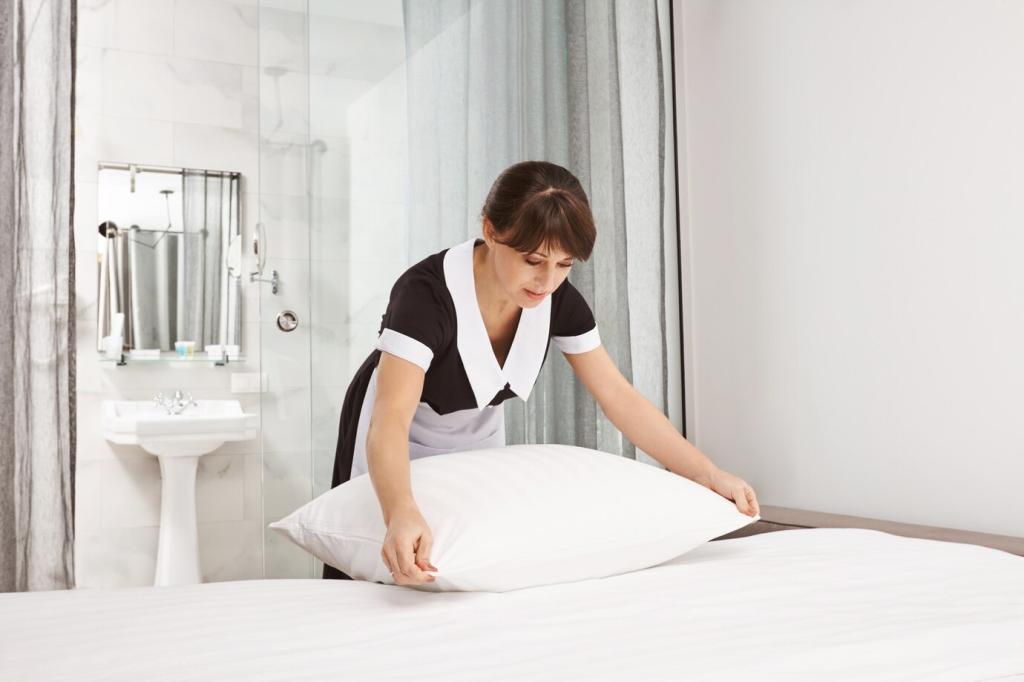
Preventive Habits for Spotless Elegance
Use table pads under cloths, placemats beneath plates, and discreet coasters under glasses. A light, washable starch can add soil resistance and crisp drape. Reapply after laundering. What protective setup gives you peace during dinner parties sustainably?
Preventive Habits for Spotless Elegance
Choose drip-free decanters, small bread plates to corral oils, and carafes with tidy pours. Serve high-risk sauces with ladles. On beet or curry nights, consider darker napkins. Share your clever hosting tactics for mess-prone menus to help others confidently.
Partnering with Professionals
Ask about wet cleaning capabilities, oxygen-based processes, pH testing, and experience with high-thread-count cotton and pure linen. A reputable cleaner will test a hidden corner first. If you love yours, drop their best tip in the comments kindly.

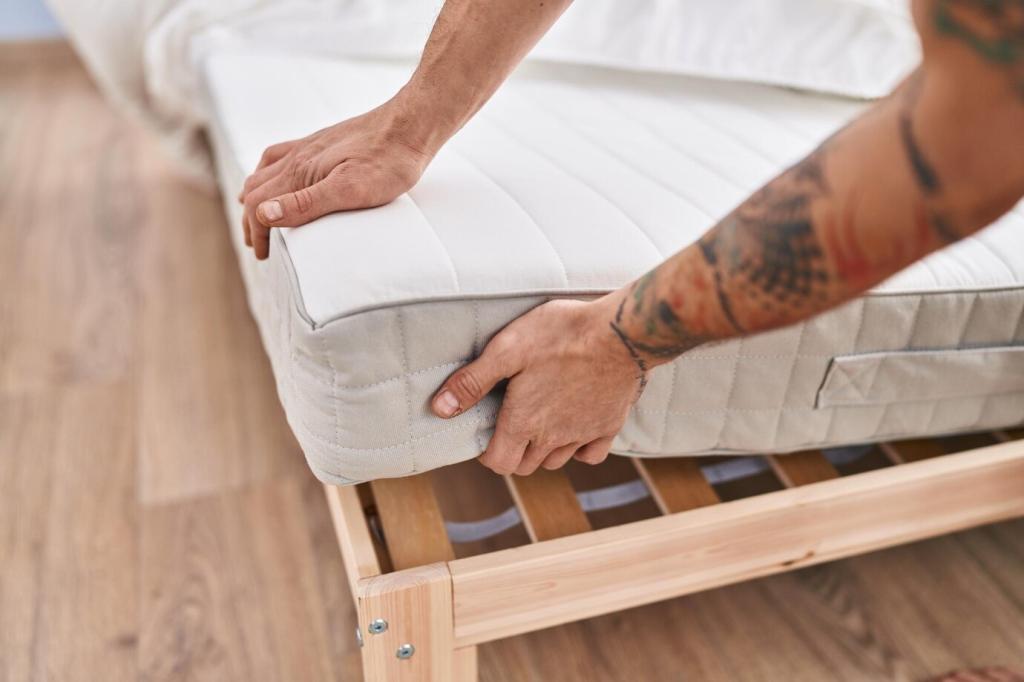
Partnering with Professionals
Share fiber type, brand if known, stain age, and everything already tried. Provide photos of the stain in good light and note any bespoke finishes. The more detail, the better the plan and the gentler the treatment outcome understandably improved.
Join our mailing list
